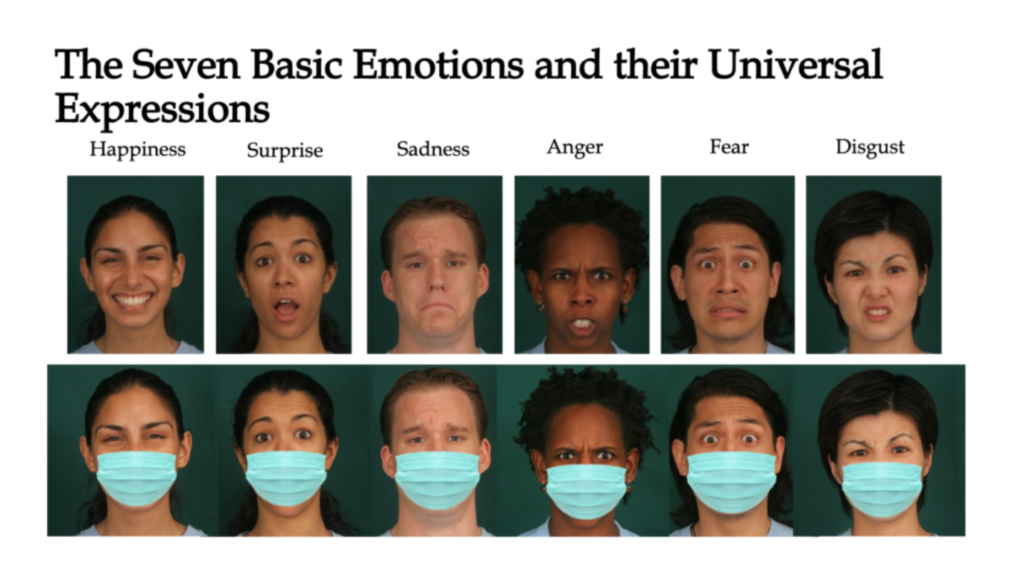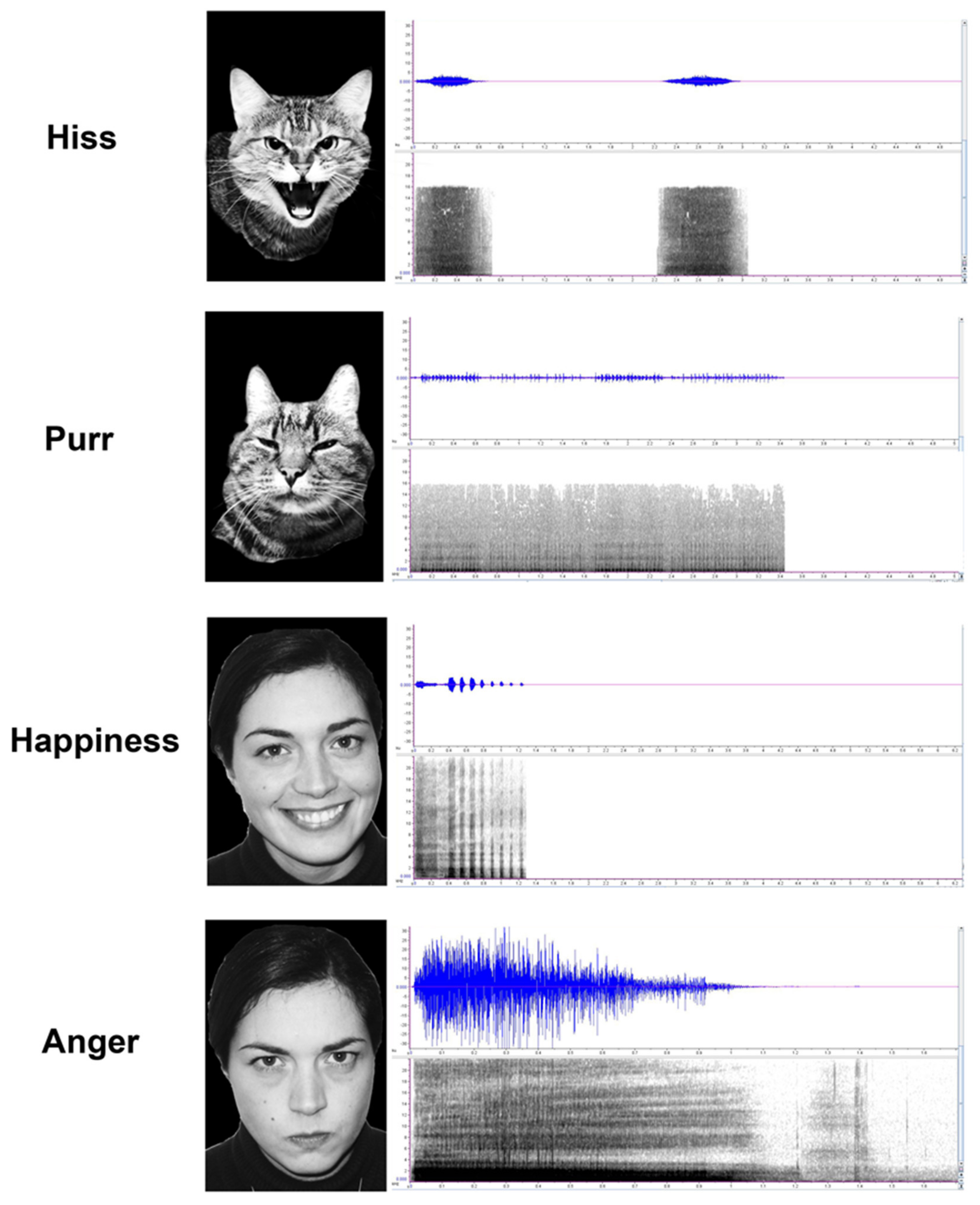A study led by Durham University’s Fetal and Neonatal Research Lab and published in the journal Psychological Science provides the first direct evidence that babies react to taste and smell in the womb.
The researchers took 4D ultrasound scans of 100 pregnant women to see how their unborn babies responded after being exposed to flavors from foods eaten by their mothers.
Thirty-five of the women took a capsule containing powdered carrot and 34 took a kale capsule. After 20 minutes researchers looked at each fetus using a 4D ultrasound. The mothers also did not eat or drink anything containing carrot or kale on the day of their scans to control for factors that could affect fetal reactions.
The results?
Evidence shows that facial expressions begin in utero; data shows that laughing and smiling begin in the womb as early as 24 weeks and are very prevalent by week 32.
Fetuses exposed to carrot showed more “laughter-face” responses while those exposed to kale showed more “cry-face” responses. Their findings could further our understanding of the development of human taste and smell receptors.
Facial reactions seen in both flavor groups, compared with fetuses in a control group who were not exposed to either flavor, showed that exposure to just a small amount of carrot or kale flavor was enough to stimulate a reaction.


The researchers also believe that what pregnant women eat might influence babies’ taste preferences after birth and potentially have implications for establishing healthy eating habits.
Humans experience flavor through a combination of taste and smell. In fetuses it is thought that this might happen through inhaling and swallowing the amniotic fluid in the womb.
Lead researcher Beyza Ustun, a postgraduate researcher in the Fetal and Neonatal Research Lab, Department of Psychology, Durham University, said:
“A number of studies have suggested that babies can taste and smell in the womb, but they are based on post-birth outcomes while our study is the first to see these reactions prior to birth. As a result, we think that this repeated exposure to flavors before birth could help to establish food preferences post-birth, which could be important when thinking about messaging around healthy eating and the potential for avoiding ‘food-fussiness’ when weaning. It was really amazing to see unborn babies’ reaction to kale or carrot flavors during the scans and share those moments with their parents.”
The researchers say their findings might also help with information given to mothers about the importance of taste and healthy diets during pregnancy. They have now begun a follow-up study with the same babies post-birth to see if the influence of flavors they experienced in the womb affects their acceptance of different foods.
Research co-author Professor Jackie Blissett, of Aston University, said: “It could be argued that repeated prenatal flavor exposures may lead to preferences for those flavors experienced postnatally. In other words, exposing the fetus to less ‘liked’ flavors, such as kale, might mean they get used to those flavors in utero.
“The next step is to examine whether fetuses show less ‘negative’ responses to these flavors over time, resulting in greater acceptance of those flavors when babies first taste them outside of the womb.”
The post Babies Smile in Utero When Mom Eats Carrots But Frown When it’s Kale first appeared on Humintell.
 When you recognize a friend’s face, how do you know? Do you make a careful study of their nose and cheekbones? Are you thrown off if they don’t wear the usual expression?
When you recognize a friend’s face, how do you know? Do you make a careful study of their nose and cheekbones? Are you thrown off if they don’t wear the usual expression? Facial recognition is a key part of
Facial recognition is a key part of  The researchers repeatedly tested more than 2,000 adults by show them a series of faces, upright and inverted, with and without masks. Different groups of adults were tested at six different points in time during the pandemic. In addition, the researchers tested the same group near the start of the pandemic and 12-months later. In both the cross-sectional and longitudinal studies, adults showed absolutely no increase in their ability to recognize masked faces.
The researchers repeatedly tested more than 2,000 adults by show them a series of faces, upright and inverted, with and without masks. Different groups of adults were tested at six different points in time during the pandemic. In addition, the researchers tested the same group near the start of the pandemic and 12-months later. In both the cross-sectional and longitudinal studies, adults showed absolutely no increase in their ability to recognize masked faces. Historically cats have received less research attention than their
Historically cats have received less research attention than their 
 Another study
Another study